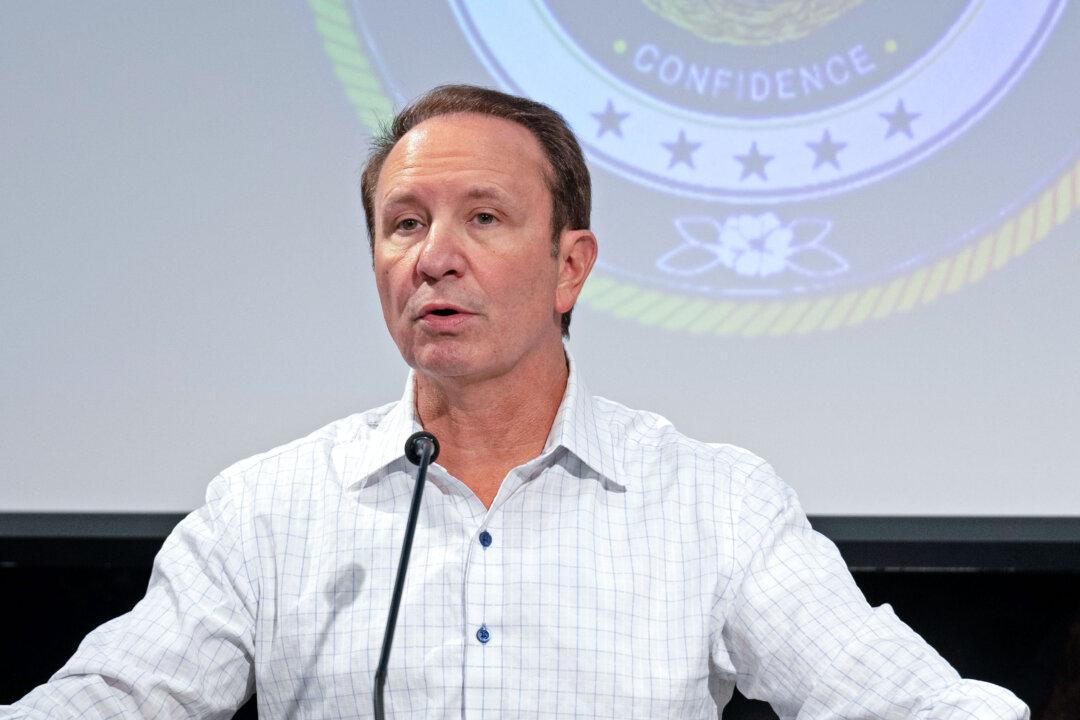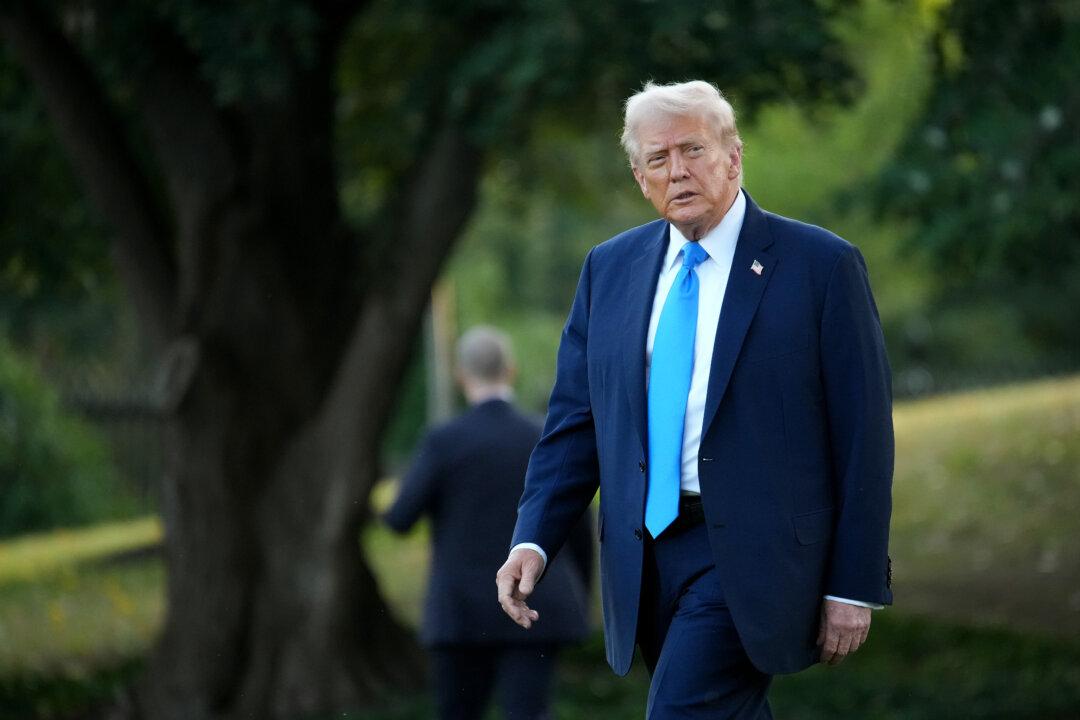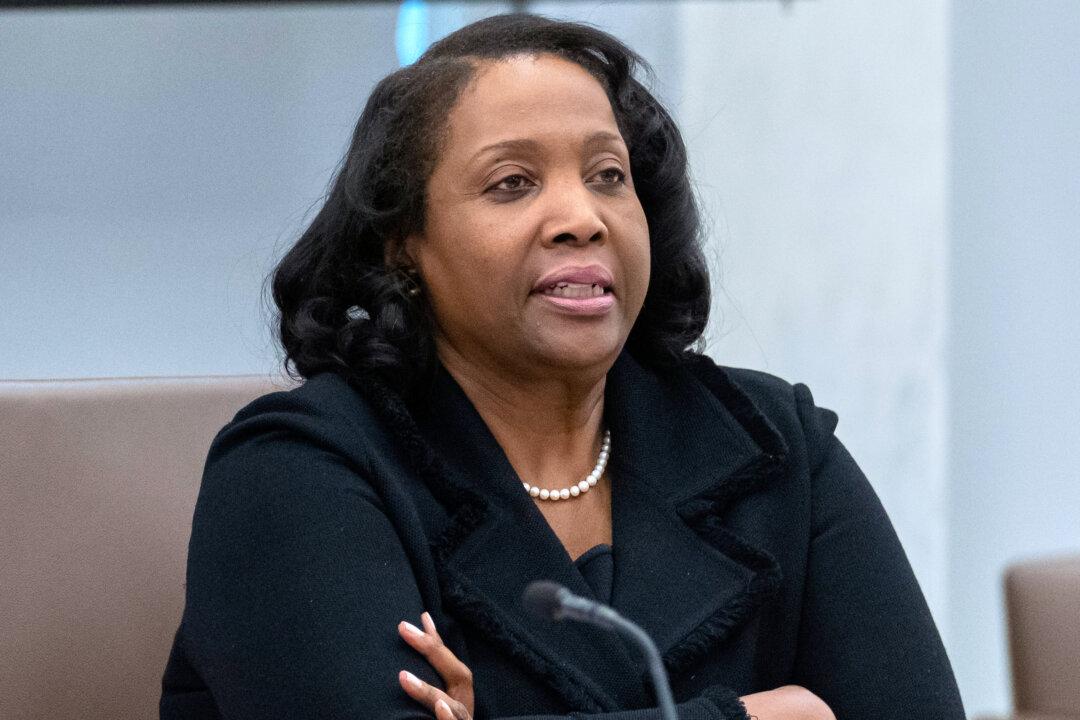Bill Shipley, the lawyer representing Jan. 6 defendant Jacob Chansley, started the process of requesting the court to vacate Chansley’s 41-month sentence next week, Shipley confirmed in an exclusive interview with The Epoch Times on Friday.
Shipley said he intends to file a vacate-conviction motion pursuant to 28 U.S. Code § 2255 (remedies on motion attacking sentence) next week, pending government response to a letter he sent to the DOJ on Friday requesting information about Chansley’s case. That provision in the law states that a “prisoner in custody under sentence of a court established by Act of Congress claiming the right to be released upon the ground that the sentence was imposed in violation of the Constitution or laws of the United States.”





